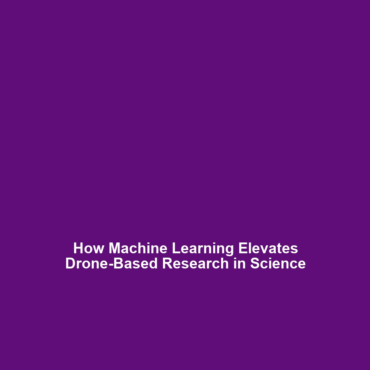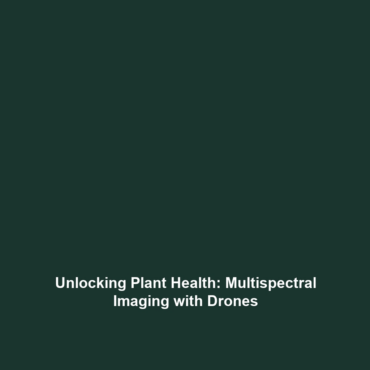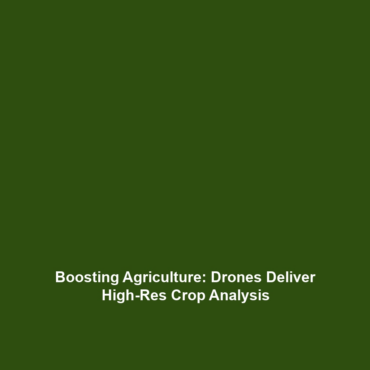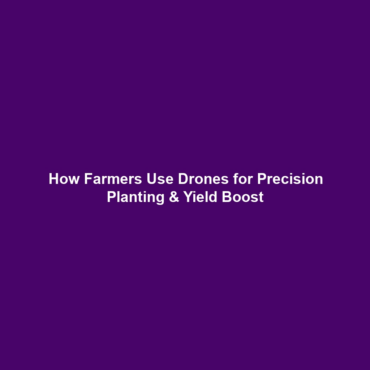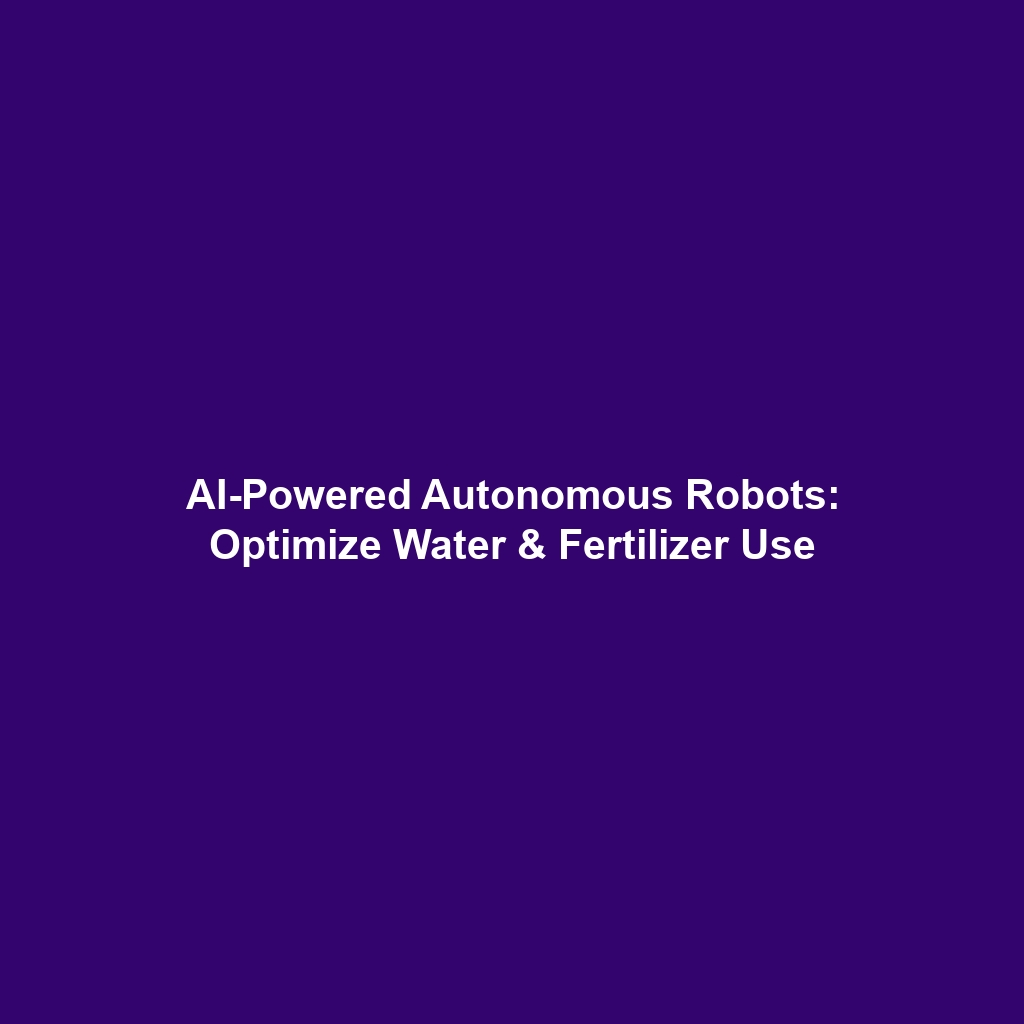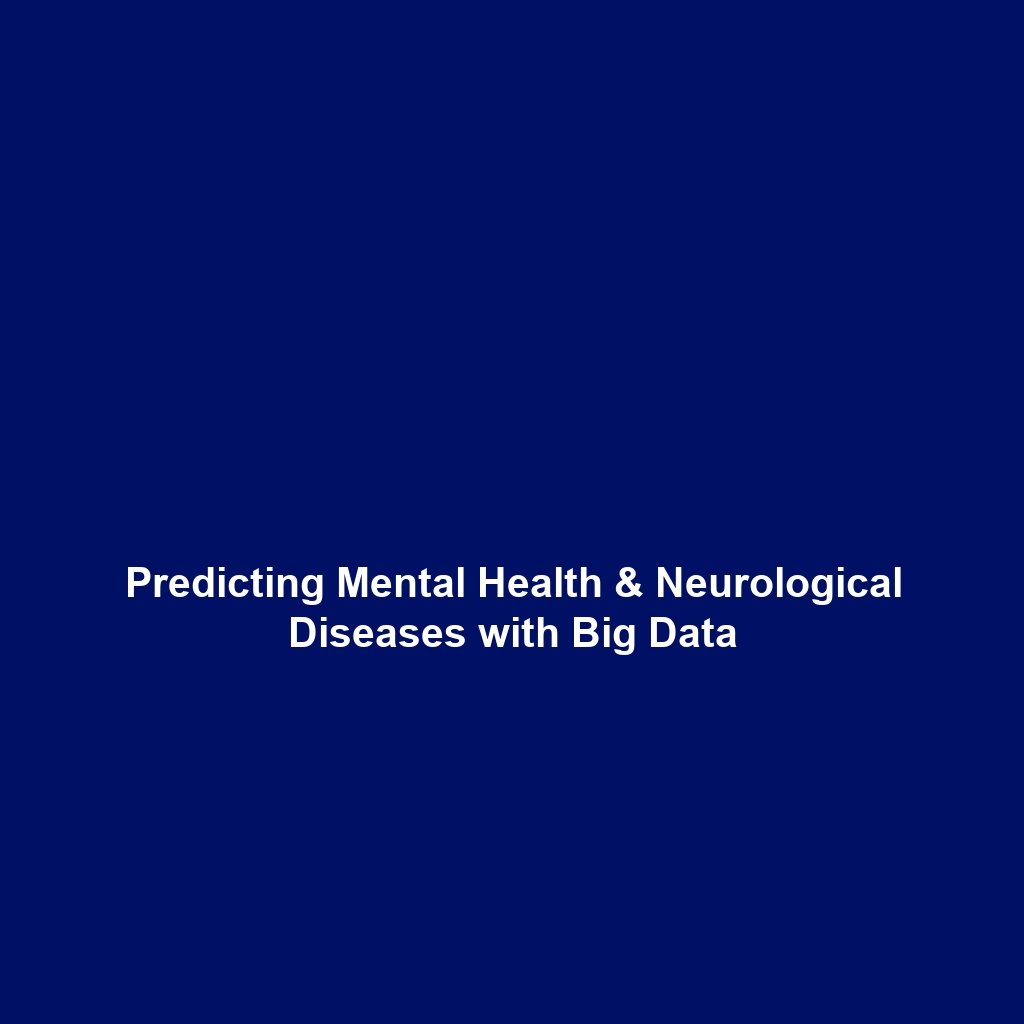The Role of Machine Learning in Enhancing Drone-Based Research
Introduction
The integration of machine learning into drone-based research is revolutionizing scientific inquiry and data collection. As drones become more prevalent in various fields, from environmental monitoring to disaster management, the application of machine learning significantly enhances their capabilities. By utilizing advanced algorithms, researchers can analyze vast amounts of data collected by drones, providing insights that were previously unattainable. This article explores the pivotal role of machine learning in shaping the future of drones in science, underscoring its importance in transforming data into actionable knowledge.
Key Concepts
Understanding Machine Learning
Machine learning (ML) refers to the computational methods that enable systems to learn from data, improve their performance over time, and make predictions based on input parameters. Within the context of drones in science, ML is utilized to interpret complex datasets acquired through aerial surveys, environmental monitoring, and agricultural assessments.
Algorithms and Data Processing
Key machine learning algorithms employed in drone research include:
- Image Classification: Used for identifying and categorizing objects in images captured by drones.
- Object Detection: Enables drones to recognize specific objects in real-time, improving situational awareness.
- Predictive Analytics: Assists scientists in forecasting environmental changes based on historical data.
Applications and Real-World Uses
Machine learning is applied in numerous real-world scenarios utilizing drone technology, particularly in the scientific realm. Key applications include:
Environmental Monitoring
Drones equipped with sensors and ML algorithms facilitate the monitoring of wildlife, vegetation health, and ecosystem changes, demonstrating how machine learning enhances drone-based research.
Agricultural Efficiency
Utilizing machine learning, drones can analyze crop health and manage resources efficiently, leading to improved yield and reduced waste.
Disaster Response and Management
In emergency situations, drones can quickly assess the damage and gather data, showcasing the applications of machine learning in drones in science.
Current Challenges
Despite the numerous advantages of integrating machine learning with drones, several challenges remain:
- Data Privacy Concerns: The collection and analysis of data can lead to privacy issues for individuals.
- Algorithm Bias: If datasets are unrepresentative, ML algorithms may produce biased results.
- Technical Limitations: Limited processing power on drones can hinder real-time data analysis.
Future Research and Innovations
The future of machine learning in drone-based research appears promising. Emerging innovations may include:
- Enhanced Autonomous Systems: Future drones may implement more sophisticated autonomous flight patterns.
- Integration of Edge Computing: Processing data on the drone itself to reduce latency and improve real-time analysis.
- Multi-Sensor Data Fusion: Combining data from various sensors for improved accuracy in environmental assessments.
Conclusion
In conclusion, the integration of machine learning into drone-based research is significantly transforming how scientists gather and analyze data, enhancing the understanding of various fields within drones in science. As advancements continue, researchers are encouraged to explore the vast potential of ML in optimizing drone applications. For further insights, consider reading our articles on Advanced Drone Technologies or Data Science in Drones.
